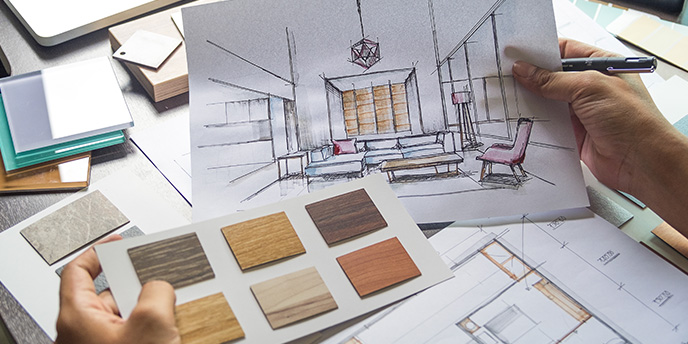Renovating a home can be a daunting task, both physically and financially. It’s common for homeowners to underestimate the costs involved in a renovation project and end up with a budget that is stretched to its limits.
However, with proper planning and a realistic budget, it is possible to achieve your dream home without breaking the bank. In this ultimate guide, we will delve into the nitty-gritty of setting a realistic renovation budget. We’ll cover all the important aspects, from understanding the scope of your project to factoring in unexpected expenses.
With the right approach, you can ensure that your renovation project stays within budget and delivers the desired results. Whether you’re looking to revamp a single room or give your entire home a makeover, this guide will provide you with all the information and tools you need to create a realistic budget that meets your renovation goals.
So, let’s dive in and learn how to set a realistic renovation budget that will help you achieve your dream home.
Research costs before making decisions.
When it comes to embarking on a renovation project, it is crucial to thoroughly research the costs associated with each aspect before making any decisions. This step is often overlooked or underestimated, leading to unexpected expenses and budget overruns.
By conducting diligent research and seeking multiple quotes or estimates from professionals, you can gain a realistic understanding of the costs involved and make informed decisions that align with your budget.
Taking the time to research costs will help you avoid financial pitfalls and ensure that your renovation project stays on track, ultimately yielding the desired results within your predetermined budget.
Consider long-term maintenance expenses.
Consideration of long-term maintenance expenses is another important factor in setting a realistic renovation budget. While the initial Home Renovation Costs of a project may seem manageable, it is essential to take into account the potential maintenance and upkeep expenses that may arise in the future.
This includes regular maintenance tasks such as painting, cleaning, and repairs, as well as any potential replacements or upgrades that may be required over time. By factoring in these long-term maintenance expenses, you can ensure that your budget not only covers the immediate renovation costs but also sets aside funds for ongoing maintenance to preserve the longevity and quality of your renovated space.
Don’t underestimate hidden fees.
When setting a realistic renovation budget, it is crucial not to underestimate hidden fees. While you may have diligently accounted for the costs of materials, labor, and permits, there are often additional expenses that can catch you off guard.
These hidden fees can include unforeseen structural issues, upgrades or changes to original plans, and unexpected delays. It is important to allocate a contingency fund within your budget to account for these potential surprises, as they can significantly impact your overall renovation costs.
By being prepared for hidden fees, you can navigate your renovation project with confidence and avoid any financial setbacks that may arise.
Prioritize essential upgrades first.
In order to make the most of your renovation budget, it is essential to prioritize essential upgrades first. This means focusing on the critical elements that are necessary for improving the functionality and value of your space.
For example, if you are remodeling a kitchen, investing in high-quality appliances and durable countertops should take precedence over purely aesthetic upgrades like fancy cabinet hardware or designer backsplash tiles.
By prioritizing essential upgrades, you ensure that your budget is allocated towards the elements that will have the greatest impact on your daily living and potential resale value. This strategic approach allows you to make informed decisions and avoid overspending on non-essential features, ultimately maximizing the value and longevity of your renovation project.
Allow for unexpected setbacks and delays.
During the renovation process, it’s important to allow for unexpected setbacks and delays. No matter how well you plan and prepare, unforeseen challenges can arise, such as discovering hidden structural issues or encountering delays in the delivery of materials.
These setbacks may require additional time and resources to address, impacting your budget and timeline. By acknowledging that these unexpected circumstances can occur, you can approach your renovation with a realistic mindset and build in a buffer to accommodate any unforeseen challenges that may arise.
This flexibility will help you navigate the renovation process smoothly and minimize stress when faced with unexpected hurdles.
In conclusion, setting a realistic renovation budget is crucial for the success of any home improvement project. It requires thorough research, careful planning, and constant monitoring to ensure that you stay within your means and achieve your desired results.
By following the steps outlined in this guide, you can confidently set a budget that takes into account all aspects of your renovation, from materials and labor costs to unexpected expenses. Remember, a well-planned budget will not only save you money but also help you achieve a beautiful and functional space that you can enjoy for years to come.
